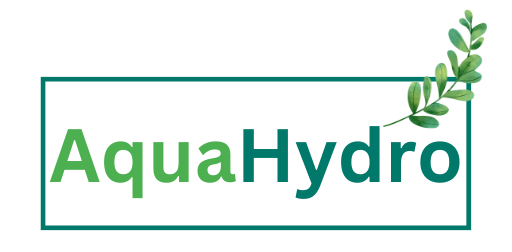Aquaponic gardening has emerged as an innovative and sustainable way to cultivate both fish and plants in a symbiotic environment. This unique method combines aquaculture (raising fish) and hydroponics (growing plants without soil) to create a self-sustaining ecosystem. Let’s dive into aquaponics and discover how you can set up your aquaponic garden with fish.
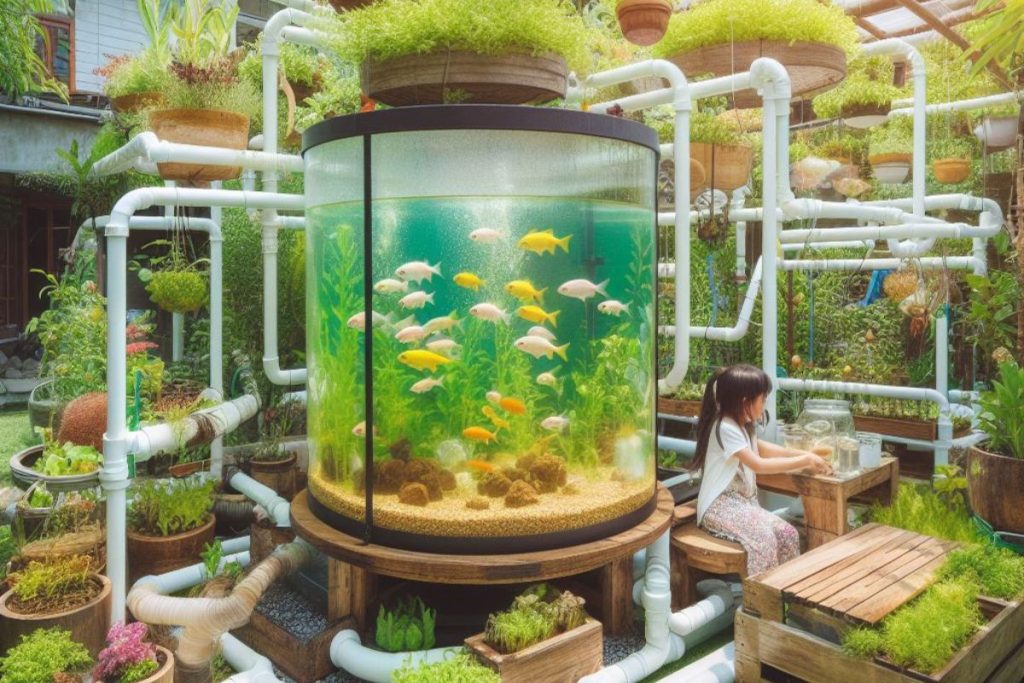
Benefits of Aquaponic Gardens
Aquaponic gardens offer a myriad of advantages, making them an attractive option for environmentally conscious individuals. The system is highly sustainable, utilizing fewer resources while providing fresh and organic produce. The symbiotic relationship between fish and plants ensures efficient nutrient cycling, reducing environmental impact.
Setting Up Your Aquaponic Garden
Before you embark on your aquaponic journey, it’s crucial to choose the right location, gather essential equipment, and select suitable fish and plants. The success of your garden depends on thoughtful planning and careful consideration of these factors.
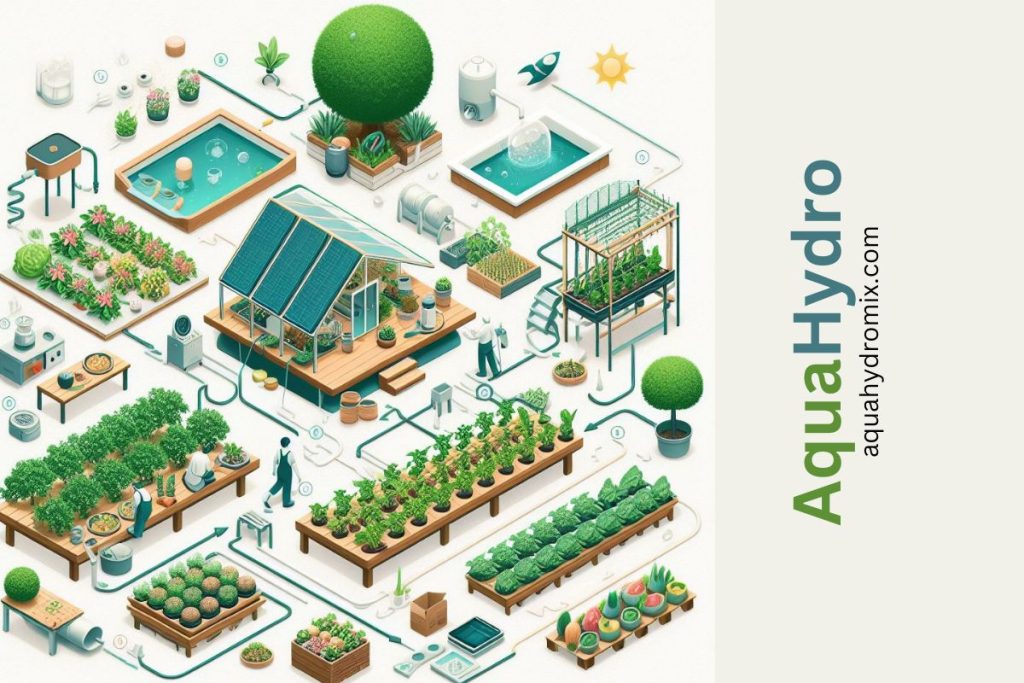
Choosing the Right Location
The location of your aquaponic system plays a pivotal role in its success. Opt for a spot with ample sunlight and protection from harsh weather conditions. Adequate space and accessibility are also key considerations.
Essential Equipment and Materials
To build your aquaponic system, you’ll need a fish tank, grow beds, plumbing materials, and a water pump. Each component serves a specific purpose, contributing to the overall functionality of the system.
Selecting Suitable Fish and Plants
Not all fish and plants thrive in aquaponic systems. Consider the compatibility of fish and plants in terms of temperature, pH levels, and nutrient requirements. Commonly used fish include tilapia, trout, and catfish, while leafy greens, herbs, and tomatoes are popular choices for plants.
Building the Aquaponic System
Now that you’ve gathered the necessary components, it’s time to construct your aquaponic system. The process involves setting up the fish tank, designing the grow beds, and connecting the plumbing system to facilitate the flow of water and nutrients.
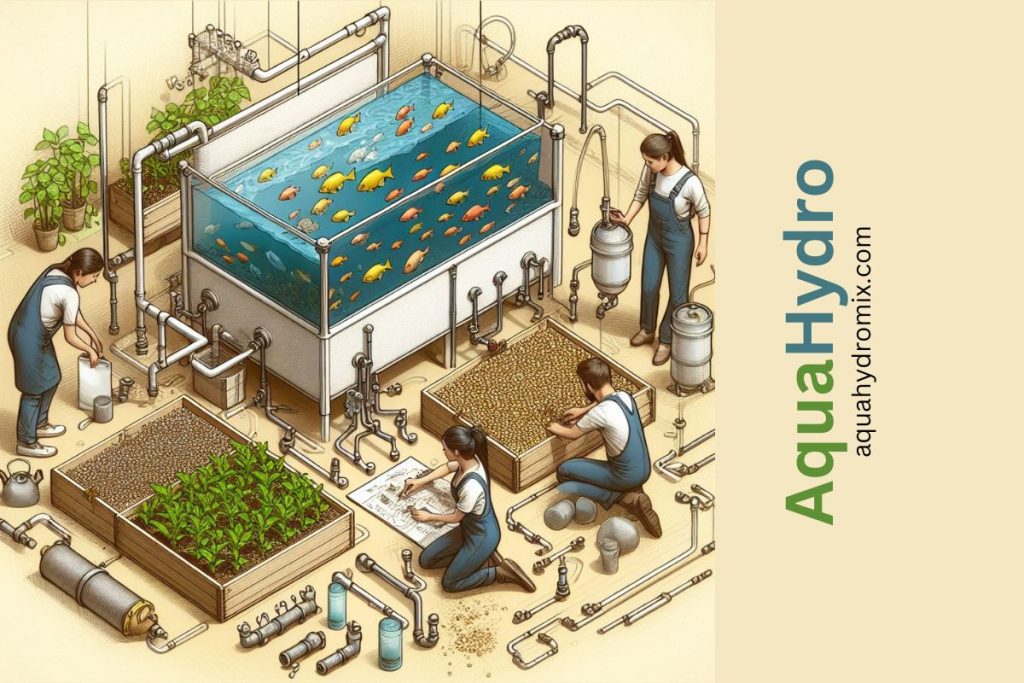
Constructing the Fish Tank
The fish tank is the heart of your aquaponic system. Ensure it’s large enough to accommodate the chosen fish species and provide a stable environment for their growth. Proper filtration is essential to maintain water quality.
Designing the Grow Beds
The grow beds are where your plants will thrive. Use inert media like gravel or expanded clay pellets to support plant growth. The beds should be positioned above the fish tank to allow gravity to assist in water circulation.
Connecting the Plumbing System
A well-designed plumbing system ensures the smooth flow of water between the fish tank and grow beds. Use pipes, valves, and a water pump to create a closed-loop system that maximizes nutrient distribution.
The Role of Fish in Aquaponics
Fish are the primary source of nutrients for your plants in an aquaponic system. Understanding the types of fish commonly used, maintaining their health, and managing fish waste for nutrient production are essential aspects of successful aquaponic gardening.
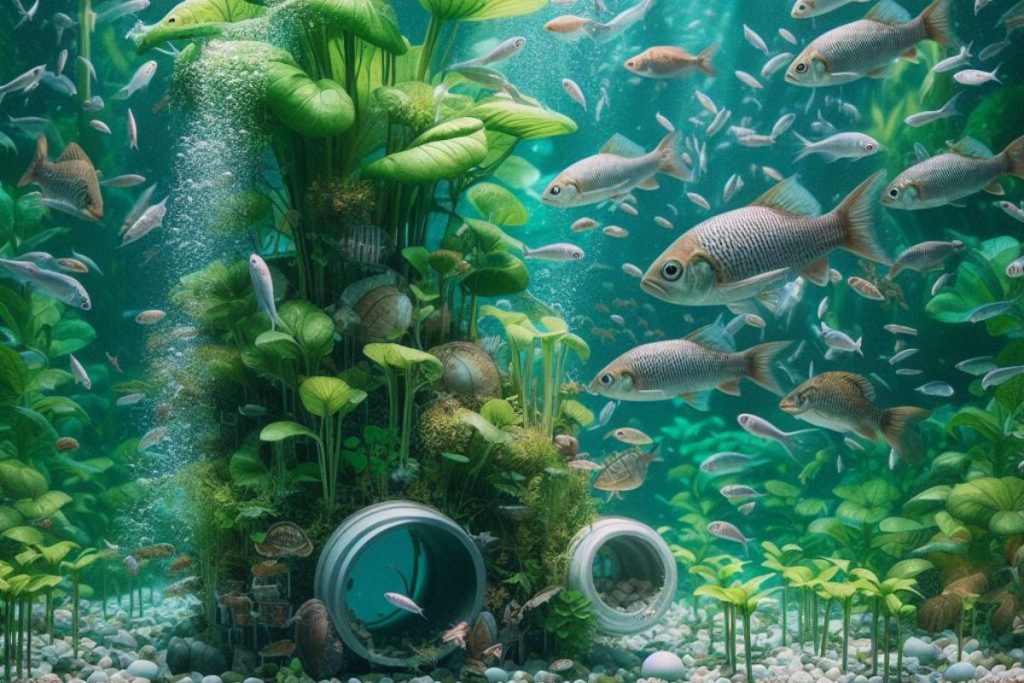
Types of Fish Commonly Used
Tilapia, trout, catfish, and koi are popular choices for aquaponic systems. Each species has unique characteristics, and their compatibility with your chosen plants should guide your selection.
Maintaining Fish Health
Regular monitoring of water parameters, providing a balanced diet, and addressing any signs of illness are crucial for maintaining fish health. Healthy fish contribute to nutrient-rich water, promoting plant growth.
Managing Fish Waste for Nutrient Production
Fish waste contains ammonia, a valuable nutrient for plants. The aquaponic system utilizes bacteria to convert ammonia into nitrate, providing plants with essential nutrients. Balancing fish stocking density is key to managing nutrient levels.
Selecting Plants for Aquaponics
Not all plants are well-suited for aquaponic systems. Leafy greens, herbs, strawberries, and tomatoes are popular choices due to their nutrient requirements and compatibility with the aquaponic environment.

Ideal Crops for Aquaponic Systems
Lettuce, spinach, basil, and mint are excellent choices for aquaponic cultivation. Their ability to thrive in nutrient-rich water makes them well-suited for this innovative gardening method.
Nutrient Requirements of Different Plants
Understanding the specific nutrient needs of your chosen plants is crucial. Adjust the fish stocking density and feeding regimen to meet the nutritional demands of your plants. Leafy greens typically require higher nitrogen levels, which can be achieved by adjusting the fish-to-plant ratio and monitoring nutrient levels regularly.
Crop Rotation in Aquaponics
To maximize yield and prevent nutrient depletion, consider practicing crop rotation in your aquaponic garden. Rotating crops helps balance nutrient uptake and reduces the risk of plant diseases. Plan your planting schedule strategically to promote a diverse and thriving ecosystem.
Maintaining Water Quality
The success of your aquaponic garden hinges on maintaining optimal water quality. Regular monitoring of pH levels, ammonia, and nitrate concentrations is essential for the well-being of both fish and plants.
Monitoring pH Levels
Keep a close eye on pH levels in your system, as they directly impact nutrient availability. The ideal pH range for most aquaponic setups is between 6.8 and 7.2. Regular testing and adjustments ensure a stable and supportive environment.
Managing Ammonia and Nitrate Levels
Ammonia is converted into nitrate by beneficial bacteria in the system. Regular water testing helps you maintain appropriate ammonia levels while ensuring an adequate supply of nitrate for plant growth. Striking this balance is critical for a thriving aquaponic garden.
Importance of Aeration in Aquaponics
Oxygenation is crucial for both fish and plant roots in an aquaponic system. Adequate aeration ensures oxygen reaches the water, promoting the health of your fish and enhancing nutrient absorption by the plants. Incorporate aeration devices to maintain optimal oxygen levels.
Harvesting and Yield
The beauty of aquaponic gardening lies in its continuous harvest potential. Harvesting both fish and plants becomes a rewarding process as your system matures. Follow these tips to ensure a bountiful yield.
Harvesting Both Fish and Plants
Harvest fish when they reach the desired size, keeping in mind the sustainability of your aquaponic system. For plants, pick them regularly to encourage new growth and maintain a consistent supply of fresh produce.
Maximizing Yield in Aquaponic Gardens
Optimize your system for maximum yield by monitoring and adjusting nutrient levels, maintaining water quality, and providing the ideal growing conditions for your plants. A well-balanced system leads to a continuous and abundant harvest.
Tips for a Continuous Harvest
stagger plantings and fish stockings to ensure a continuous supply of produce. This method allows for a steady harvest rather than a one-time event, enhancing the sustainability and efficiency of your aquaponic garden.
Common Challenges in Aquaponics
While aquaponic gardening offers numerous benefits, it’s essential to be aware of potential challenges. Understanding how to address these issues ensures the long-term success of your system.
Dealing with Pests and Diseases
Monitor your plants for signs of pests and diseases regularly. Implement natural pest control methods and, if necessary, use organic remedies to minimize the impact on both fish and plants.
Troubleshooting System Issues
System malfunctions can occur, affecting water flow, nutrient distribution, or overall stability. Regular maintenance, prompt troubleshooting, and addressing issues swiftly contribute to a resilient and flourishing aquaponic garden.
Seasonal Adjustments and Climate Considerations
Consider the seasonal variations in temperature and daylight hours when managing your aquaponic system. Make adjustments to accommodate these changes, ensuring the well-being of your fish and the optimal growth of your plants throughout the year.
Success Stories in Aquaponic Gardening
Real-world success stories highlight the transformative potential of aquaponic gardening. These stories inspire and showcase the diverse applications of this sustainable farming method.

Real-World Examples of Thriving Aquaponic Gardens
Explore success stories of individuals, communities, and organizations that have embraced aquaponic gardening. From rooftop gardens to large-scale operations, these examples demonstrate the adaptability and success of the aquaponic approach.
Community Initiatives and Benefits
Discover how aquaponic gardens contribute to community development and sustainable agriculture. Community initiatives, such as school projects or urban farming, showcase the positive social and environmental impact of aquaponics.
Inspirational Stories from Aquaponic Enthusiasts
Read about the experiences of passionate aquaponic enthusiasts who have overcome challenges and achieved remarkable success. Their stories provide insights, tips, and motivation for those embarking on their aquaponic journey.
Educational Opportunities
As interest in aquaponics grows, educational opportunities abound for individuals eager to learn more about this innovative gardening method.
Learning Resources for Aspiring Aquaponic Gardeners
Access a variety of books, online courses, and forums dedicated to aquaponics. These resources cover everything from basic principles to advanced techniques, offering valuable insights for beginners and experienced gardeners alike.
Workshops and Courses on Aquaponics
Participate in workshops and courses that provide hands-on experience and expert guidance. Learning directly from experienced practitioners enhances your understanding of aquaponic principles and best practices.
Connecting with the Aquaponic Community
Join online forums, social media groups, or local meet-ups to connect with fellow aquaponic enthusiasts. Networking with the community allows you to share experiences, seek advice, and stay updated on the latest developments in aquaponic gardening.
Future Trends in Aquaponics
The future of aquaponics holds exciting possibilities, with advancements in technology and a growing interest in sustainable agriculture.
Technological Advancements in Aquaponic Systems
Explore emerging technologies that enhance the efficiency and sustainability of aquaponic systems. Innovations such as smart monitoring devices, automated controls, and data analytics contribute to the evolution of aquaponic gardening.
Integration of Smart Farming Techniques
Integrating smart farming techniques, including IoT (Internet of Things) applications enhances precision in managing aquaponic systems. Automated monitoring, data-driven decision-making, and remote control capabilities are shaping the future of smart aquaponics.
Potential Innovations and Improvements
Anticipate ongoing innovations in aquaponics, from improved system designs to novel methods of nutrient cycling. Researchers and practitioners are continually exploring ways to make aquaponic gardening more accessible, efficient, and environmentally friendly.
Environmental Impact of Aquaponics
Comparing aquaponics to traditional farming methods underscores its positive environmental contributions.
Comparison with Traditional Farming Methods
Highlight the differences between aquaponics and conventional farming, emphasizing water conservation, reduced land use, and minimal environmental impact. Illustrate how aquaponics addresses key sustainability challenges faced by traditional agriculture.
Water Conservation and Reduced Land Use
Emphasize the efficiency of water usage in aquaponics compared to traditional farming. With the closed-loop system minimizing water waste, aquaponics provides a sustainable alternative that aligns with global water conservation efforts.
Aquaponics as a Sustainable Agriculture Solution
Discuss how aquaponics contributes to sustainable agriculture by reducing the need for synthetic fertilizers, minimizing environmental pollution, and promoting the efficient use of resources. Position aquaponics as a viable solution to the challenges facing modern agriculture.
In conclusion, embarking on an aquaponic gardening journey offers a sustainable and rewarding experience. The symbiotic relationship between fish and plants creates a harmonious ecosystem that produces fresh, organic, and environmentally friendly produce. From setting up your system to navigating challenges and exploring future trends, aquaponics represents a promising frontier in modern agriculture.
